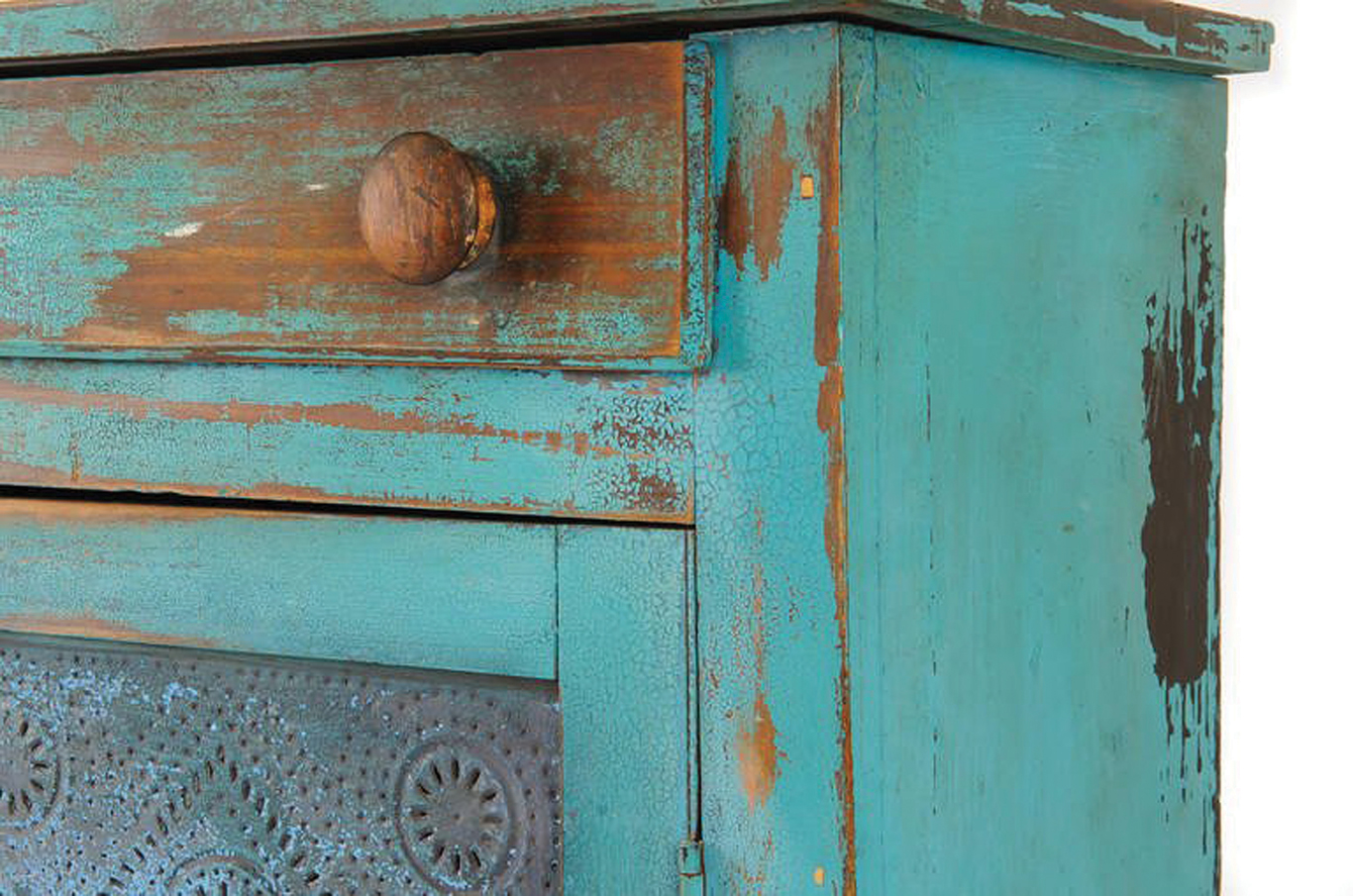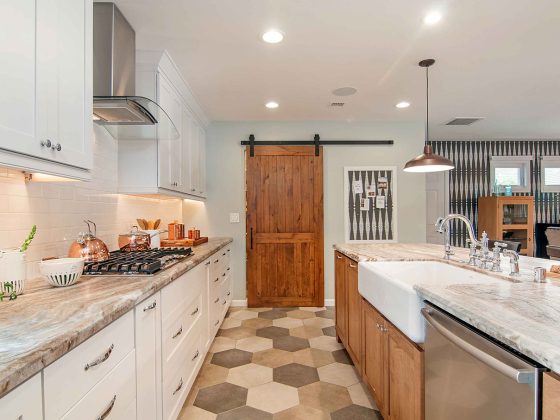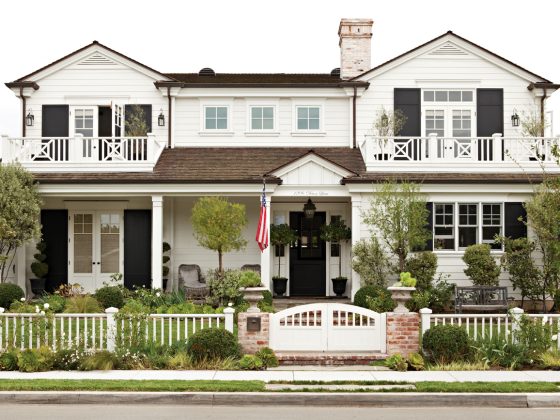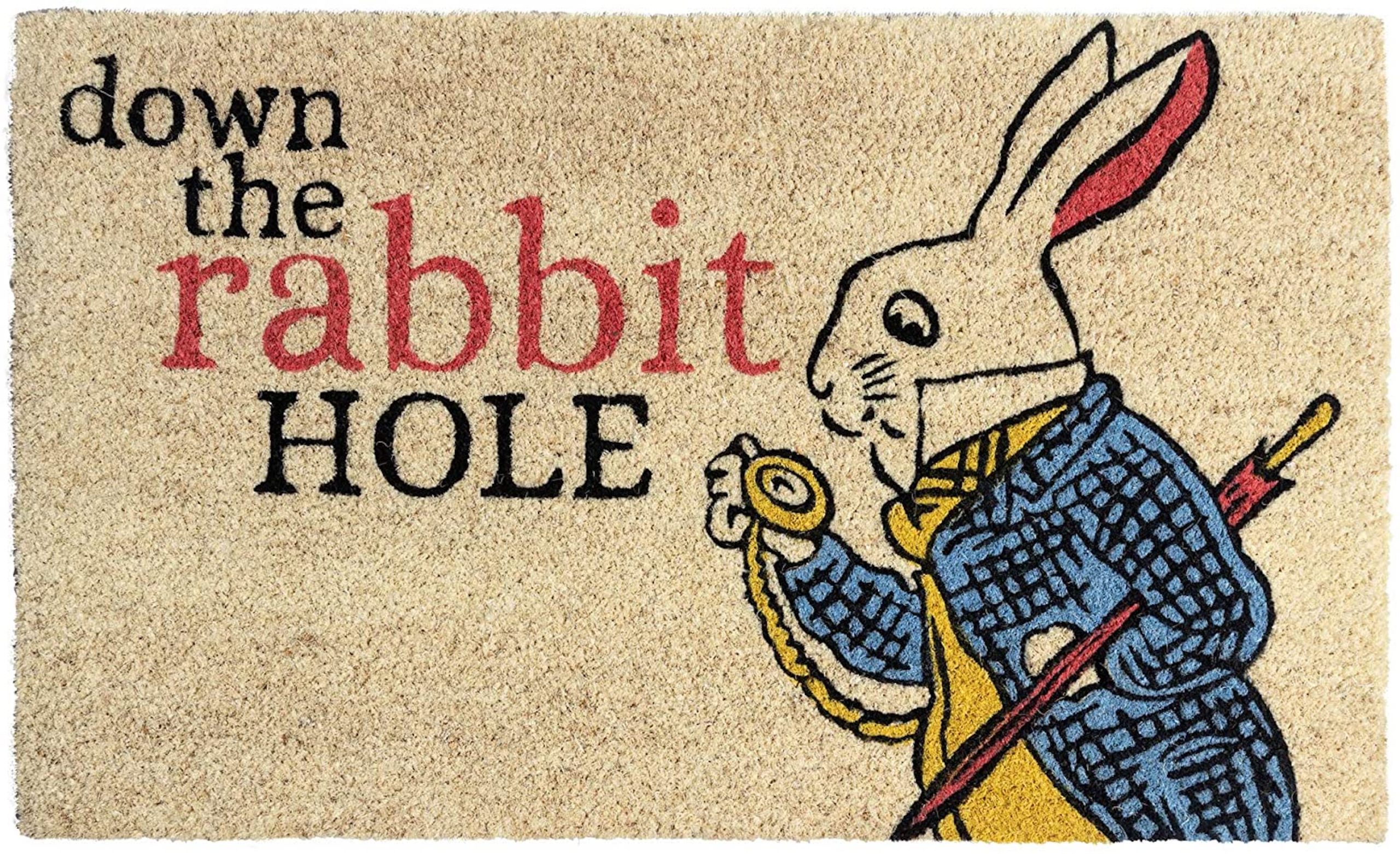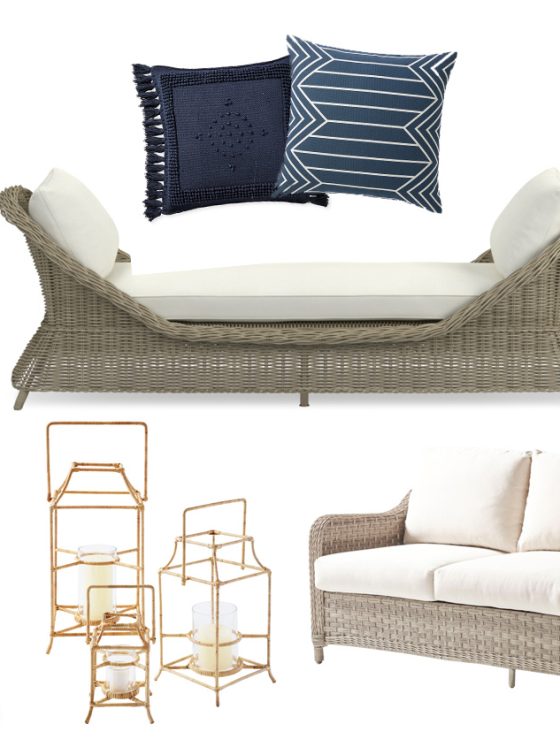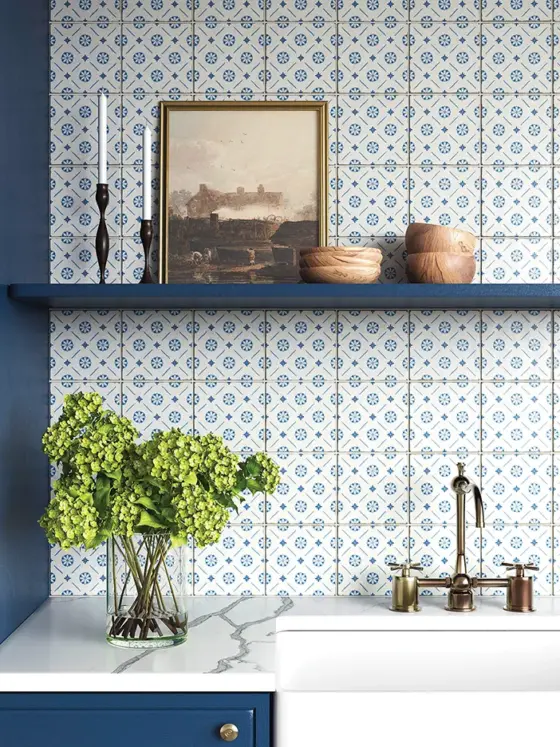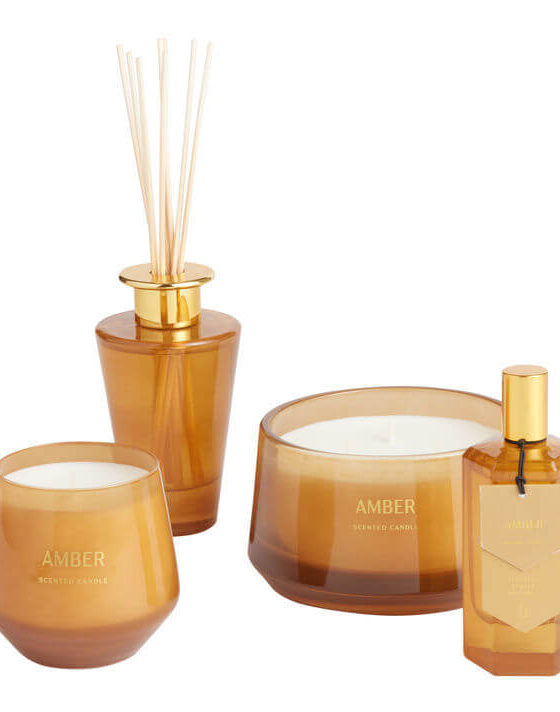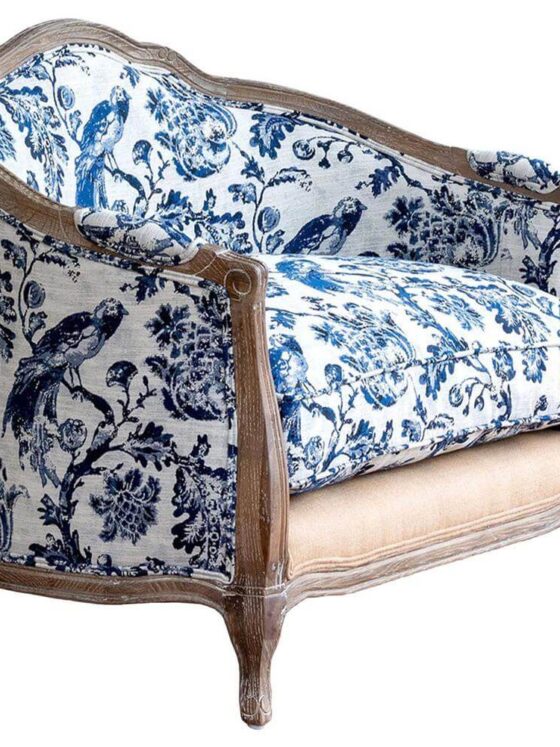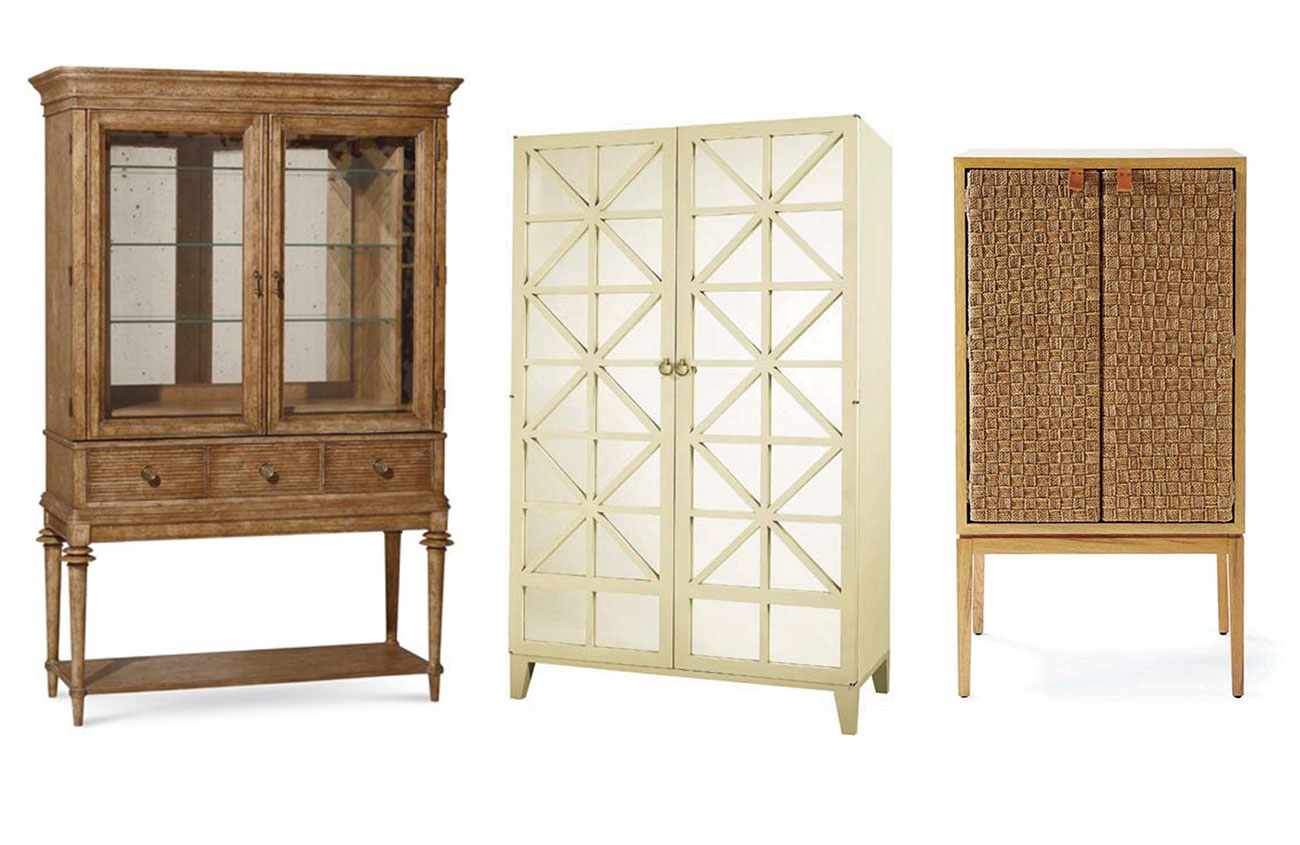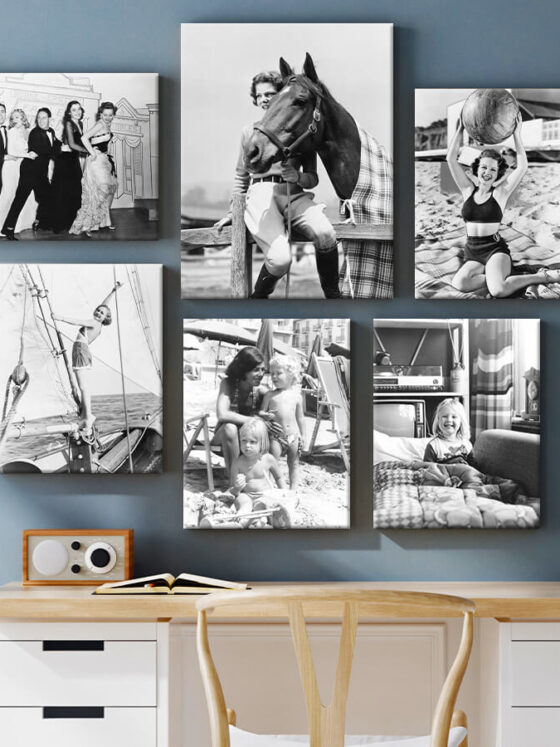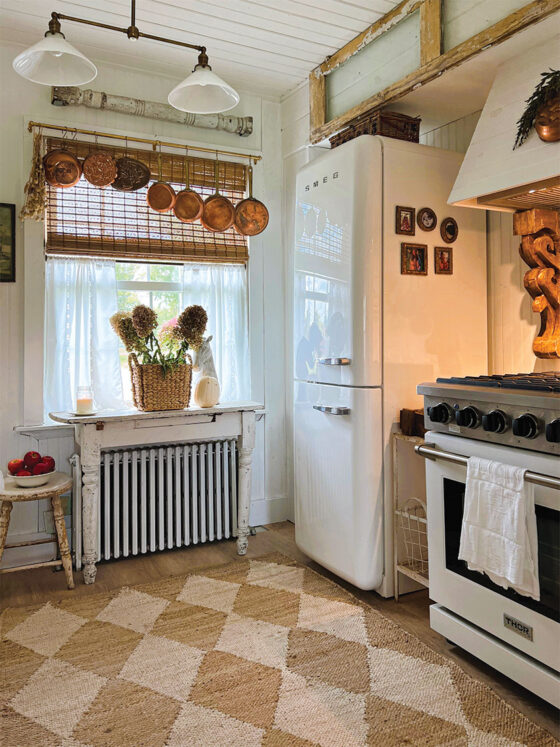Commonly considered an essential in any American home in the late 1700s and early 1800s, the pie safe was introduced by German immigrants who settled in Pennsylvania. Also known as a pie cabinet, pie chest or pie cupboard and typically made of wood, the pie safe was created to store things like baked goods, bread and even meat. Doors made of punched tin offered ventilation that kept the cupboard cooler than the room around it. Makers started to add a dose of style to this mostly utilitarian case by punching the holes in simple shapes and intricate designs. The pie safe became obsolete around 1880 with the introduction of the icebox.
Today you can find authentic pie safes in antique stores, or purchase a replica to add classic cottage appeal. They are great for storing dishes and linens. The decorative tin doors will accent any room with a rustic feel.
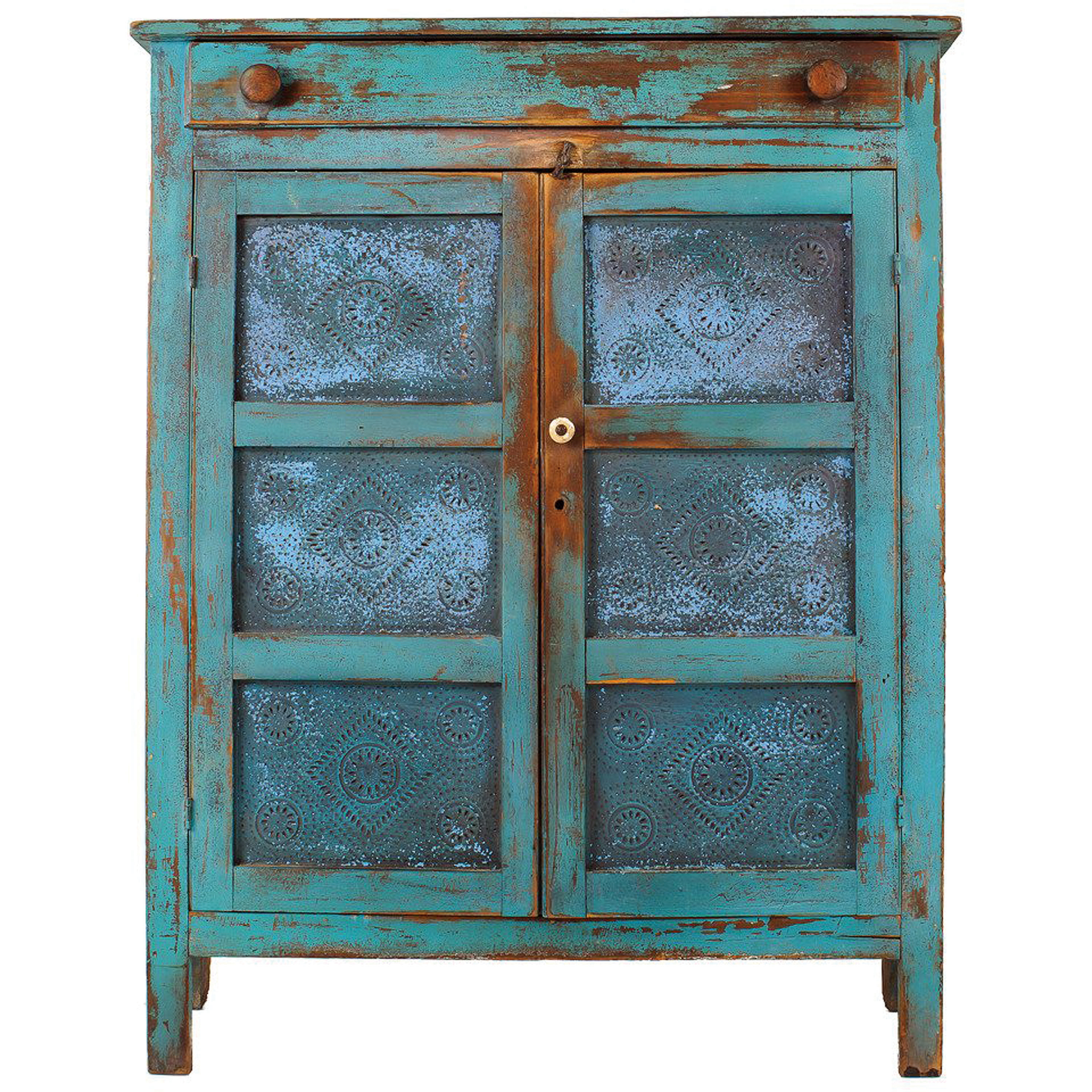
Three-shelf pie safe, $814. Visit houzz.com.
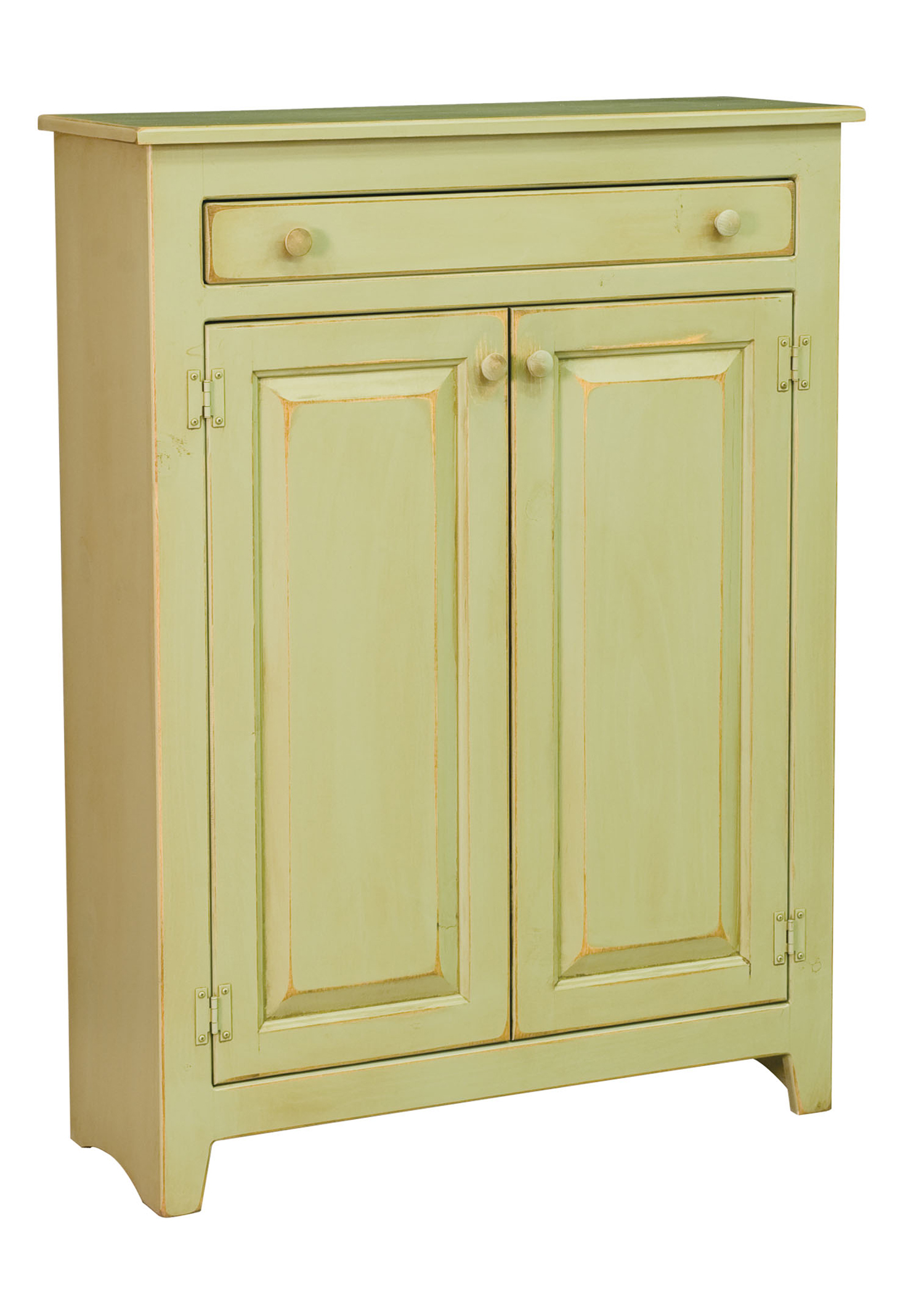
Classic 226 pie safe with tin, $387. Visit swissvalleyfurniture.com.
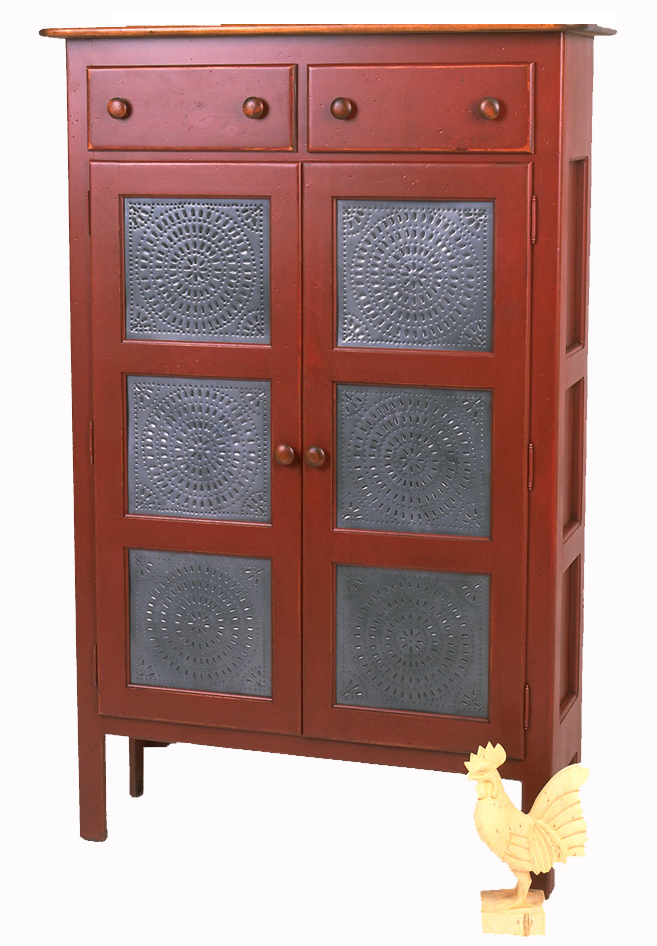
American primitive painted pie safe with punched tin panels, $3,850. Visit 1stdibs.com.
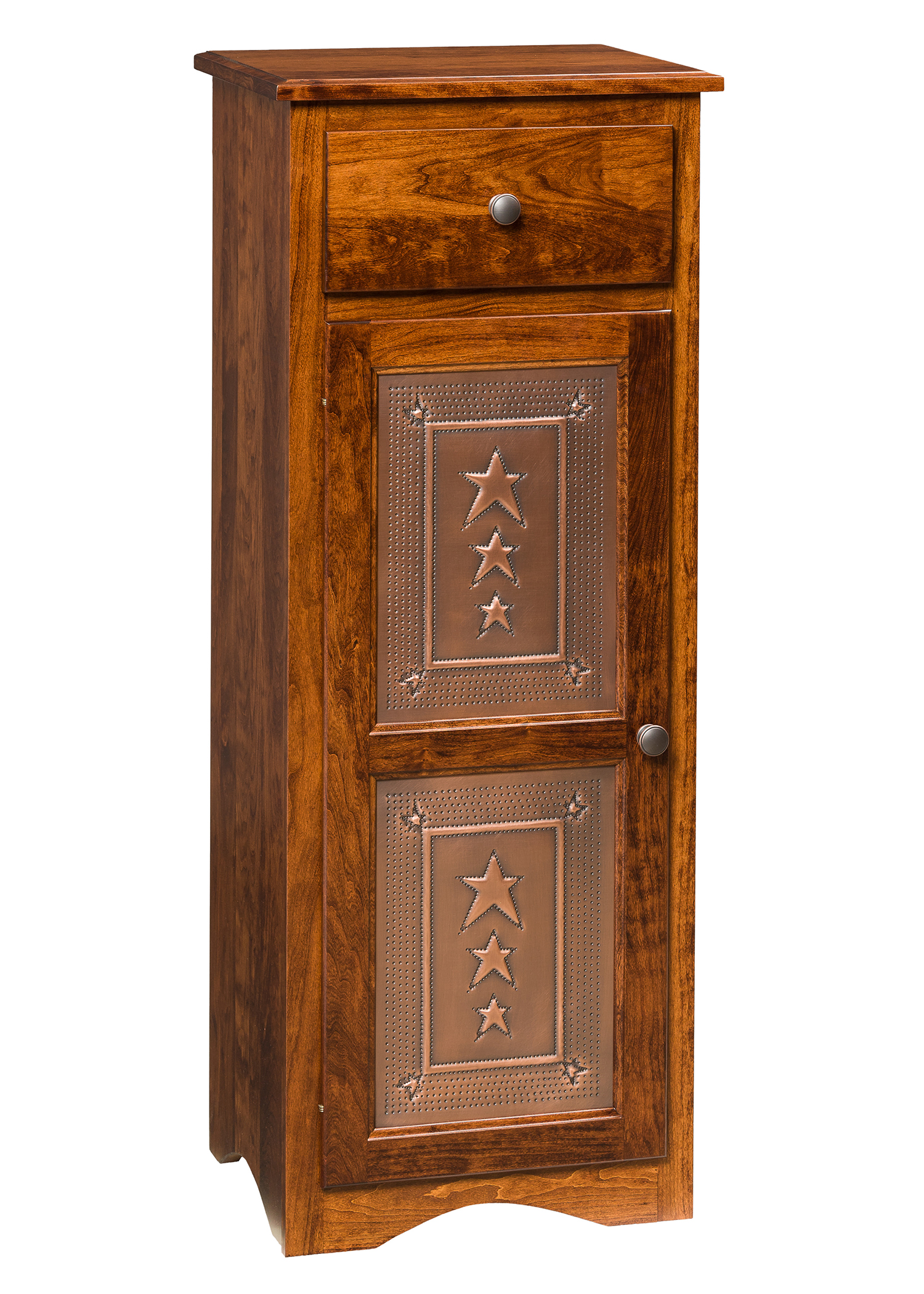
Southern pine pie safe with tin doors, $1,299. Visit americancountryhomestore.com.

